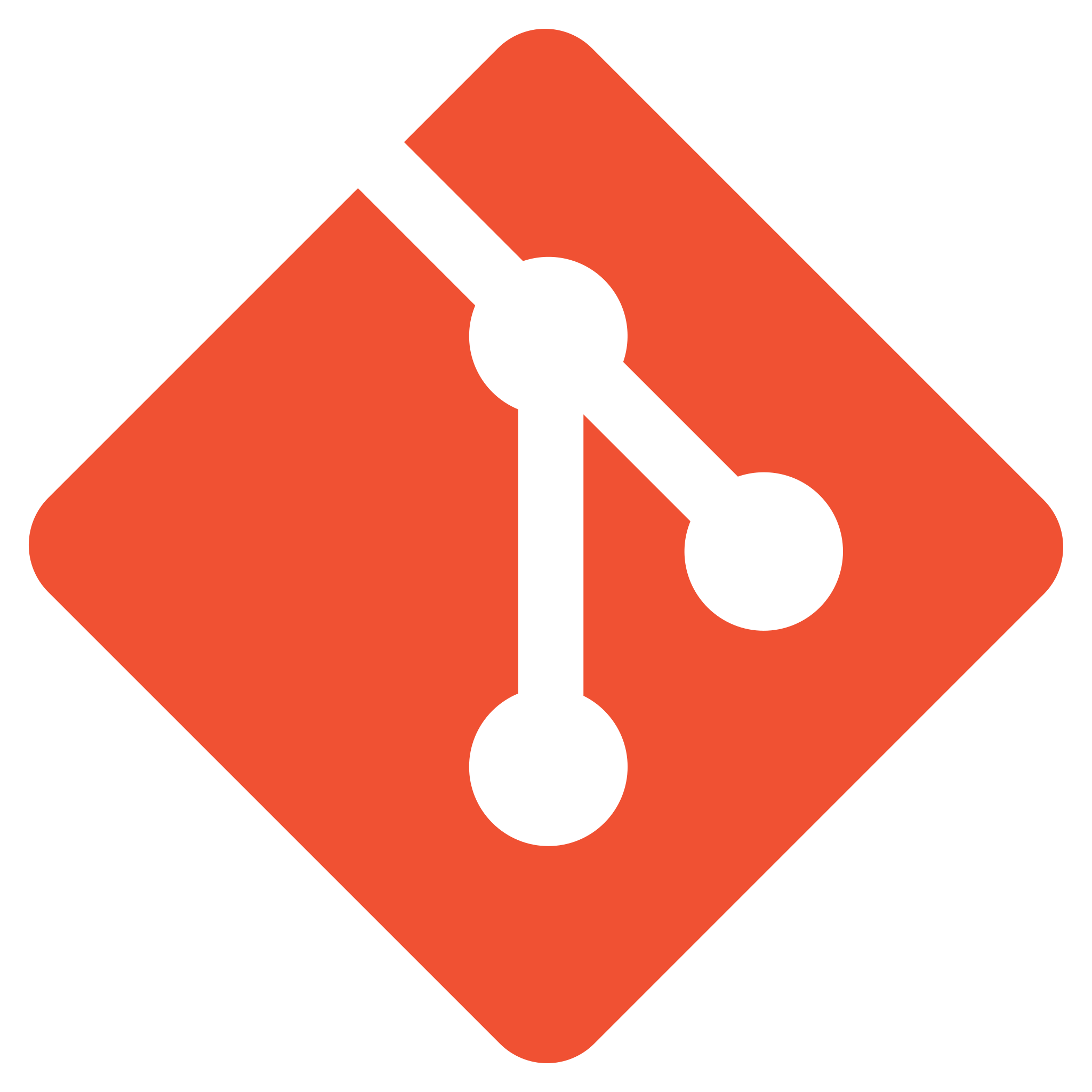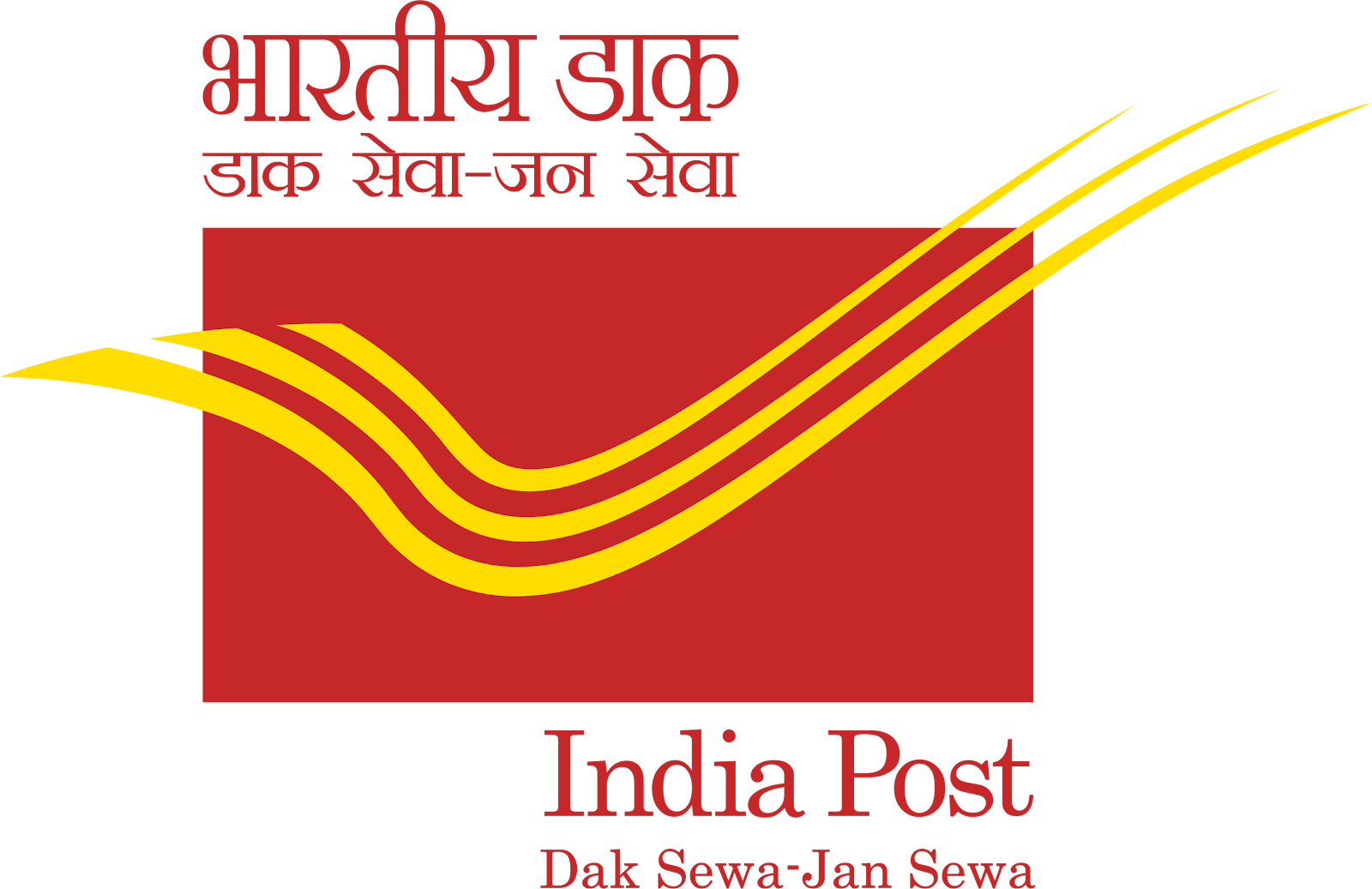
Introduction
Cloud computing isn't just a buzzword anymore — it’s the default infrastructure behind apps, websites, data pipelines, AI models, DevOps workflows, and enterprise-grade systems.
Cloud computing is the on-demand availability of computing resources — such as compute power, storage, networking, databases, and analytics — over the internet, typically offered on a pay-as-you-go model.
Technical Foundations
- Virtualization
- Containers & Microservices
- Elastic Compute
- Storage Types
Hypervisors (e.g., VMware ESXi, KVM) create virtual machines (VMs) enabling multi-tenancy, isolation, and dynamic provisioning.
Containers (via Docker) and orchestration tools (like Kubernetes) enable cloud-native, portable, and scalable microservice architectures.
Cloud platforms support vertical and horizontal scaling through services like AWS EC2 Auto Scaling and Kubernetes HPA.
| Type | Use Case | Examples |
|---|---|---|
| Object Storage | Unstructured data | Amazon S3Azure Blob |
| Block Storage | Databases, VMs | Amazon EBSAzure Disk |
| File Storage | Shared file systems | Amazon EFSAzure Files |
Service Models
| Model | Description | Examples |
|---|---|---|
| IaaS | Provision VMs, storage, and networking | AWS EC2Azure VMs |
| PaaS | Deploy applications without infrastructure concerns | HerokuApp Engine |
| SaaS | Use applications over the internet | Google WorkspaceSalesforce |
Deployment Models
| Model | Description | Examples |
|---|---|---|
| Public | Shared infrastructure via internet | Startups, scalable apps |
| Private | Privately owned infrastructure | Finance, government |
| Hybrid | Combination of public and private | Enterprise workloads |
| Multi-cloud | Multiple providers for resilience | Disaster recovery, vendor flexibility |
Security Mechanisms
- IAM: Identity & Access Management for role-based access.
- Encryption: TLS for data in transit, AES-256 for data at rest.
- Networking: VPC, Security Groups, Subnet isolation.
- Monitoring: CloudTrail, GuardDuty, Azure Sentinel.
Tools by Layer
| Layer | Tools |
|---|---|
| Compute | EC2, Lambda, Cloud Run |
| Storage | S3, Blob, GCS |
| Networking | VPC, Cloudflare |
| DevOps | Terraform, Jenkins, GitHub Actions |
| Monitoring | CloudWatch, Prometheus, Grafana |
Use Case: Scalable Web App
A real-world system might use S3 + CloudFront for frontend, Lambda or ECS for backend, RDS for database, and Terraform for infrastructure-as-code, resulting in a scalable, resilient cloud-native architecture.


